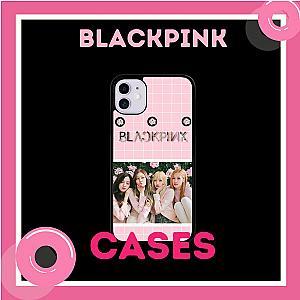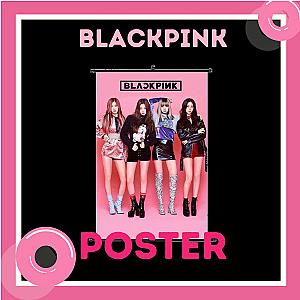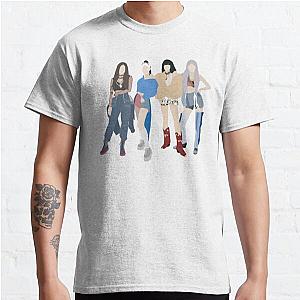
Blackpink Merch & Clothing – Blackpink Merchandise Store
Blackpink Merchandise Store is the OFFICIAL Merchandise Store for Blackpink fans.
We have unique designs that will bring new Blackpink Stuff & Merch to you!
Blackpink Collections
Blackpink For New Design Christmas Ugly Hoodie
Join the tour in style with our Blackpink for New Design Christmas Ugly Hoodie, a fan-favorite and absolute best seller. Whether you’re reliving the concert vibes or repping your love for Pink everywhere you go.
- Soft, breathable cotton blend for all-day comfort
- Unisex fit – perfect for every fan
- Ideal for concerts, streetwear, or casual looks
- Best-selling fan favorite
- Free Worldwide Delivery
Best Sellers at Blackpink store
New Arrival at Blackpink Merchandise Store
Blackpink T-Shirts
Blackpink Hoodies
Blackpink Accessories
About Us
Welcome to Store, the ultimate destination for BLINKs who want to celebrate their love for Blackpink! We’re a fan-created merchandise store inspired by the power, elegance, and charm of Jisoo, Jennie, Rosé, and Lisa. Whether you’ve been a fan since Square One or just discovered their incredible music and performances, Store is here to bring you closer to the Blackpink universe through exclusive, high-quality merchandise.
Our Collection
Our store features a wide variety of merchandise designed with fans in mind. From stylish Blackpink-themed apparel like hoodies, t-shirts, and crop tops, to must-have accessories such as phone cases, posters, tote bags, and keychains — we’ve got it all! Looking for collectible items? We also carry limited-edition designs, fan art, and seasonal drops you won’t find anywhere else.
Our Mission
At Store, our mission is to empower fans to express their love for Blackpink with pride and style. We believe in building a global community of BLINKs who can show their support not just through streaming and cheering, but by wearing and using products that celebrate the girls and their legacy. Quality, creativity, and fan passion drive everything we do.
Why Choose Us?
We understand what fans want because we are fans ourselves. That’s why we focus on:
-
Original designs inspired by iconic moments, albums, and tours
-
Comfortable and durable materials
-
Fast and secure shipping
-
A friendly shopping experience dedicated to BLINKs worldwide
When you shop with Store, you're supporting a team that truly loves and respects Blackpink's artistry.
FAQs
At our store, we are a premier destination for fashion enthusiasts seeking trendy and quality clothing. Our store offers a curated collection of stylish apparel that caters to diverse tastes and preferences. From casual wear to sophisticated outfits, we pride ourselves on providing a wide range of options to suit various occasions.
At our store, we take pride in offering a diverse and carefully curated selection of clothing to cater to all your fashion needs. Our extensive range includes: Trendy Apparel, Casual Comfort, Sophisticated Elegance, Seasonal Styles
Yes, we offer international shipping to most countries around the world. Please check our shipping policy for more information.
Once your order has been shipped, you will receive a shipping confirmation email with a tracking number. You can use this number to track the progress of your package on the carrier’s website.
We offer a 14-day return policy on most of our products. If you are not satisfied with your purchase, you can return it for a full refund within 14 days of receiving your order. Please refer to our return policy for more information.
If you have any questions or concerns, you can contact our customer service team by filling out the contact form on our website or by sending an email to us. We will do our best to respond to your inquiry as soon as possible.







.png)













-small.png?w=250&h=250)
-small.png?w=250&h=250)
-small.png?w=250&h=250)









-small.png?w=250&h=250)
-small.png?w=250&h=250)













